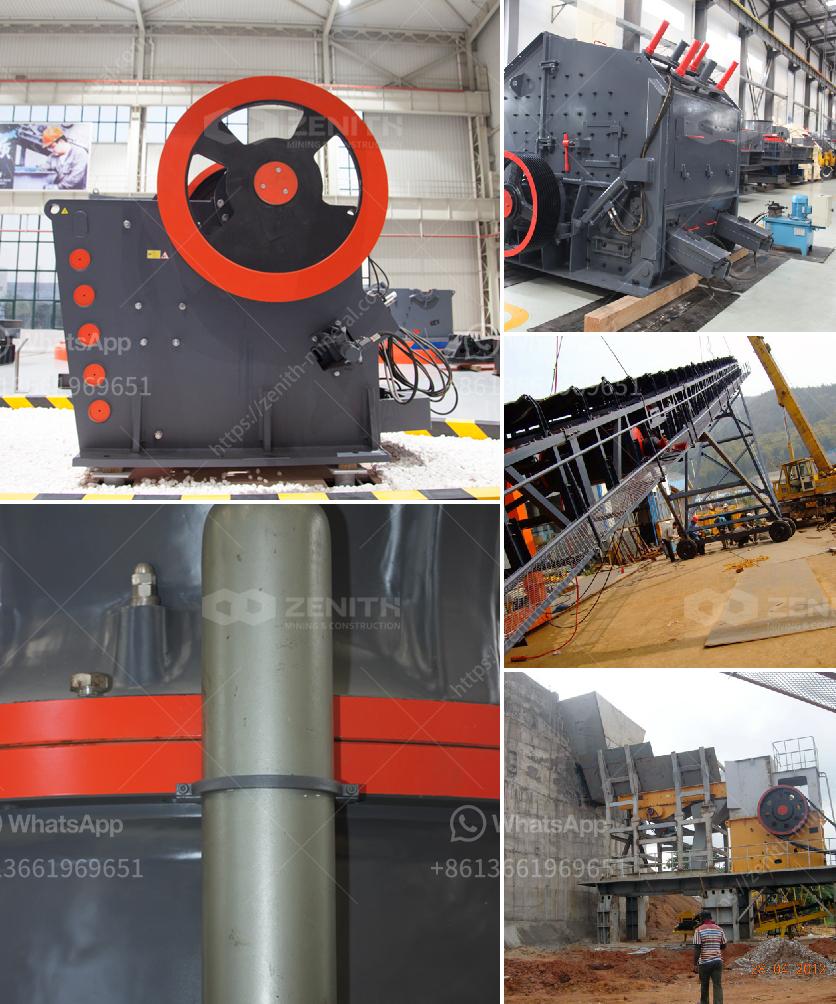Processing metallic minerals typically involves several key steps to extract the metals and prepare them for further use. Here’s an overview of the general process:
-
Mining:
- Exploration and Extraction: Locate mineral deposits and extract the ore through various methods such as open-pit mining, underground mining, or placer mining.
-
Crushing and Grinding:
- Crushing: Large pieces of ore are broken down into smaller chunks.
- Grinding: These chunks are further reduced to fine particles, usually in a ball mill or similar equipment.
-
Concentration:
- Flotation: The powdered ore is mixed with water and chemicals to form a slurry, and air is pumped through the mixture. The metal-bearing minerals attach to air bubbles and rise to the surface, forming a froth that is skimmed off.
- Magnetic Separation: If the mineral is magnetic, it can be separated from non-magnetic gangue using magnets.
- Gravity Separation: Uses the difference in the density of minerals to separate them.
-
Smelting and Roasting:
- Smelting: The concentrate is heated to high temperatures in a furnace to convert the ore into a more refined form, often reducing it to a metal by chemical reactions.
- Roasting: Some ores need to be roasted in air to convert the metal sulfides to oxides, which can then be reduced through smelting.
-
Refining:
- Electrolytic Refining: The impure metal is made the anode in an electrolytic cell, where it dissolves and is redeposited in a purer form at the cathode.
- Chemical Refining: Chemicals are used to remove impurities and refine the metal.
-
Casting and Forming:
- Casting: The purified metal is melted and poured into molds to form ingots or other shapes.
- Forming: Processes like rolling, forging, and extrusion are used to shape the metal into desired forms.
-
Quality Control and Environmental Management:
- Quality Control: Continuous monitoring and testing to ensure the final product meets required standards.
- Environmental Management: Proper disposal of waste materials and treatment of effluents to minimize environmental impact.
Each type of metallic mineral might require slight variations in the processing steps due to its specific properties and composition. Therefore, the exact process may differ depending on the type of mineral being processed.

